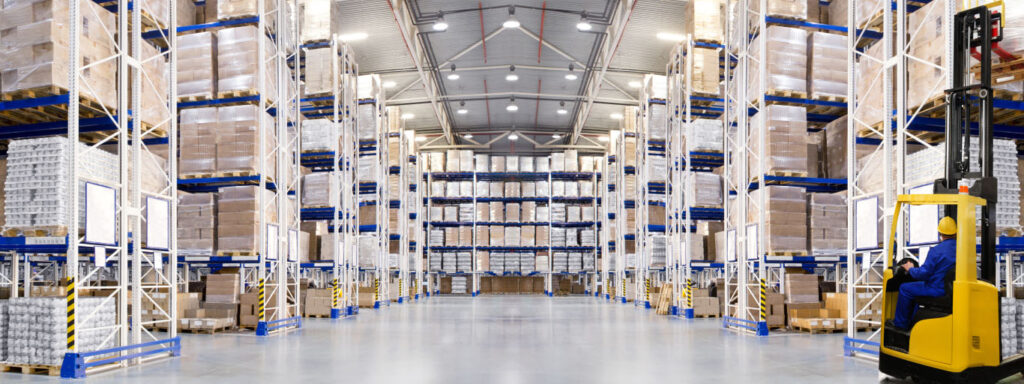Ensuring accessibility for all individuals is not just a legal requirement it is a moral imperative and a business opportunity. In today’s world, where inclusivity is increasingly valued and demanded, businesses and organizations must prioritize accessibility in their designs and practices. However, navigating the complex landscape of accessibility regulations can be daunting. That is where professional consulting services for accessible design come into play, making ADA compliance easy and seamless. At the core of accessible design consulting services is a commitment to understanding and implementing the guidelines set forth by the Americans with Disabilities Act ADA and other relevant accessibility standards. These professionals possess expertise in deciphering the intricate requirements of accessibility laws and translating them into actionable steps for businesses and organizations across various industries. One of the primary benefits of engaging with accessibility consultants is their ability to conduct comprehensive assessments of existing structures, digital platforms, and operational procedures. Through thorough evaluations, they identify barriers to accessibility and propose tailored solutions to address them.

Whether it is ensuring physical spaces are wheelchair accessible, websites are screen reader compatible, or communication methods are inclusive of all individuals, accessibility consultants offer strategic guidance every step of the way. Moreover, accessibility consulting services extend beyond mere compliance with regulations they foster a culture of inclusivity within organizations. By championing accessibility initiatives, businesses demonstrate their commitment to diversity and social responsibility, which can enhance their reputation and appeal to a broader customer base. In essence, investing in accessibility is not just about avoiding legal repercussions it is about embracing diversity and creating welcoming environments for everyone. Another invaluable aspect of accessibility consulting is the ongoing support provided to clients. Accessibility is not a one-time endeavor but an ongoing journey that requires continuous evaluation and improvement. Accessibility consultants serve as trusted partners, offering guidance, training, and updates on evolving regulations to ensure clients remain compliant and proactive in their accessibility efforts. Furthermore, accessibility consulting services cater to diverse needs and contexts, recognizing that one size does not fit all when it comes to accessibility solutions.
Whether it is a small business looking to make its storefront accessible or a large corporation seeking to revamp its digital infrastructure, consultants tailor their recommendations to align with each client’s unique requirements, budget constraints, and long-term goals and visit us. The benefits of prioritizing accessibility extend beyond legal compliance and social responsibility they also translate into tangible business advantages. Studies have shown that accessible businesses tend to outperform their competitors, attracting a wider customer base and fostering greater customer loyalty. Additionally, accessible design often leads to improved user experiences for all individuals, not just those with disabilities, thereby enhancing overall satisfaction and engagement. Moreover, embracing accessibility can drive innovation within organizations, inspiring creative solutions and alternative approaches to design challenges. By accommodating diverse needs and perspectives, businesses can unlock new opportunities for growth and differentiation in the marketplace. By partnering with accessibility experts, businesses and organizations can navigate the complexities of accessibility regulations with confidence, while simultaneously fostering a culture of inclusivity and innovation.
